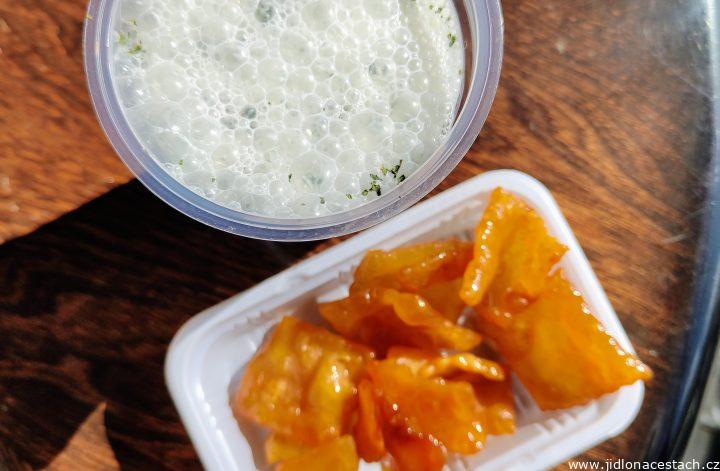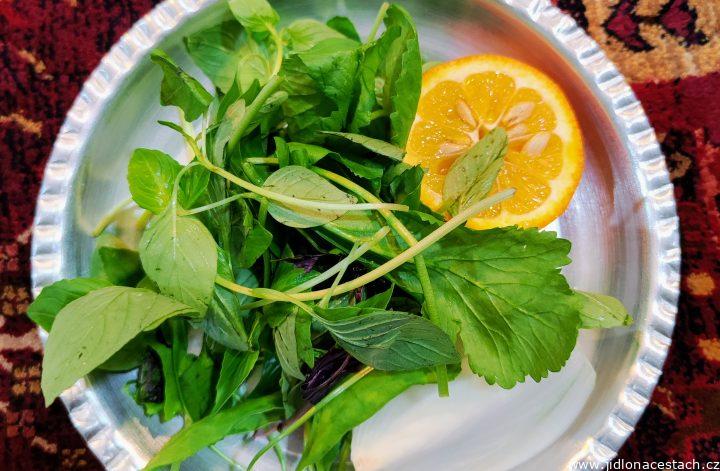Taftoon (تافتون) is a traditional Iranian bread that ranks among the oldest and most widespread types of baked goods in Iran. Taftoon is a thin, slightly flexible staple bread and is highly popular in Iranian gastronomy.

The name “taftoon” comes from the Persian word “taftan” (تفتان), which means “to heat” or “to bake.” This bread has been traditionally prepared in Iranian households and local bakeries for centuries.
Taftoon is characterized by its simplicity and straightforward preparation method. The main ingredients for making taftoon are wheat flour, water, yeast, and salt. These are combined to form a dough, which is then left to rise. Once risen, the dough is divided into smaller portions, which are then hand-rolled into flat, circular disks, usually just a few millimeters thick.

The traditional method of baking taftoon involves a tandoor-style oven. The disks of dough are manually stuck to the walls of the heated oven, where they bake quickly to a golden-brown perfection. Due to the high temperature and rapid baking process, taftoon develops its characteristic flavor, aroma, and fluffy texture.
In more modern bakeries, taftoon is often baked in rotary ovens. This allows for the production of larger quantities in a shorter time while maintaining quality and authentic taste. Rotary ovens feature rotating surfaces where the dough bakes evenly as it turns.

There are many variations of taftoon, differing by region, ingredients, and preparation methods. The most common include:
- Basic taftoon – a simple version without additional ingredients, used as an everyday bread.
- Spiced taftoon – often seasoned with cumin, coriander, sumac, or turmeric.
- Taftoon with seeds – commonly enriched with sesame, poppy, sunflower, or nigella seeds, which are especially popular in Iran.
- Taftoon made from different flours – in addition to standard white flour, whole-grain or mixed flours, such as barley flour, are used, giving the bread a distinctive flavor.

Taftoon bread is considered a staple food in Iranian society. It is traditionally consumed fresh, ideally right after baking. This is why you often see locals on Iranian streets carrying (or transporting) taftoon bread home.

Taftoon is often served as a side dish for local kebabs, stews, soups, and various dips such as hummus or mast-o khiar (yogurt dip with cucumber).
During my visit, the price for one basic taftoon bread was 2,250 IRR (just a few cents!), but the price can go up to several hundred thousand IRR for whole-grain varieties generously flavored with seeds and herbs.
The experiences I’ve had in bakeries (not only in Iran but all over the world) are among my fondest memories. The work of bakers in Asia or Africa is incredibly demanding, yet they are always friendly and welcoming. Many times, I tried to buy bread from them, but they never allowed me to pay (yes, I know about taarof!).
So, dear bakers, thank you at least through this message!


